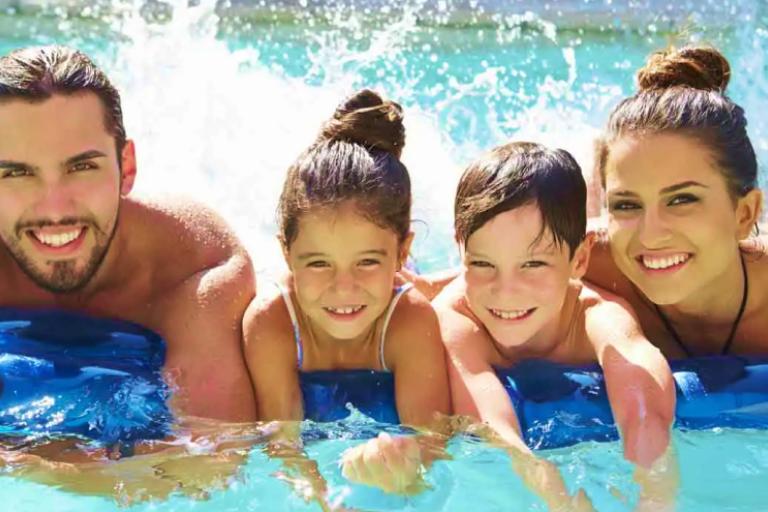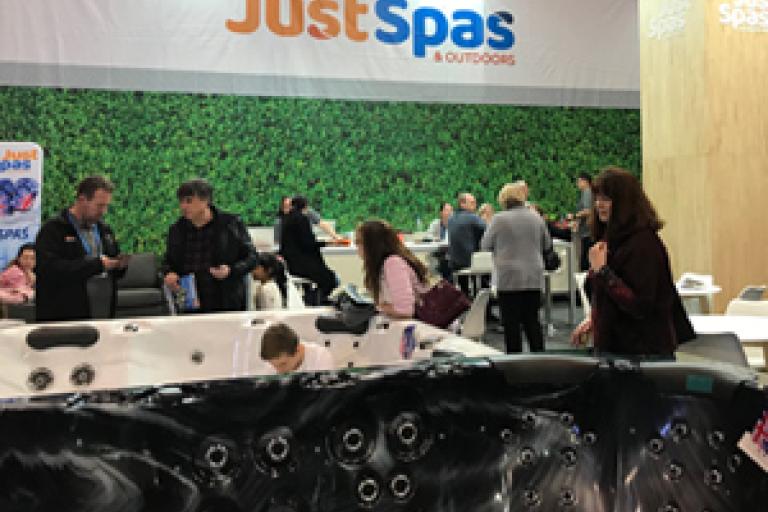The SPLASH! Environmental Awards 2008
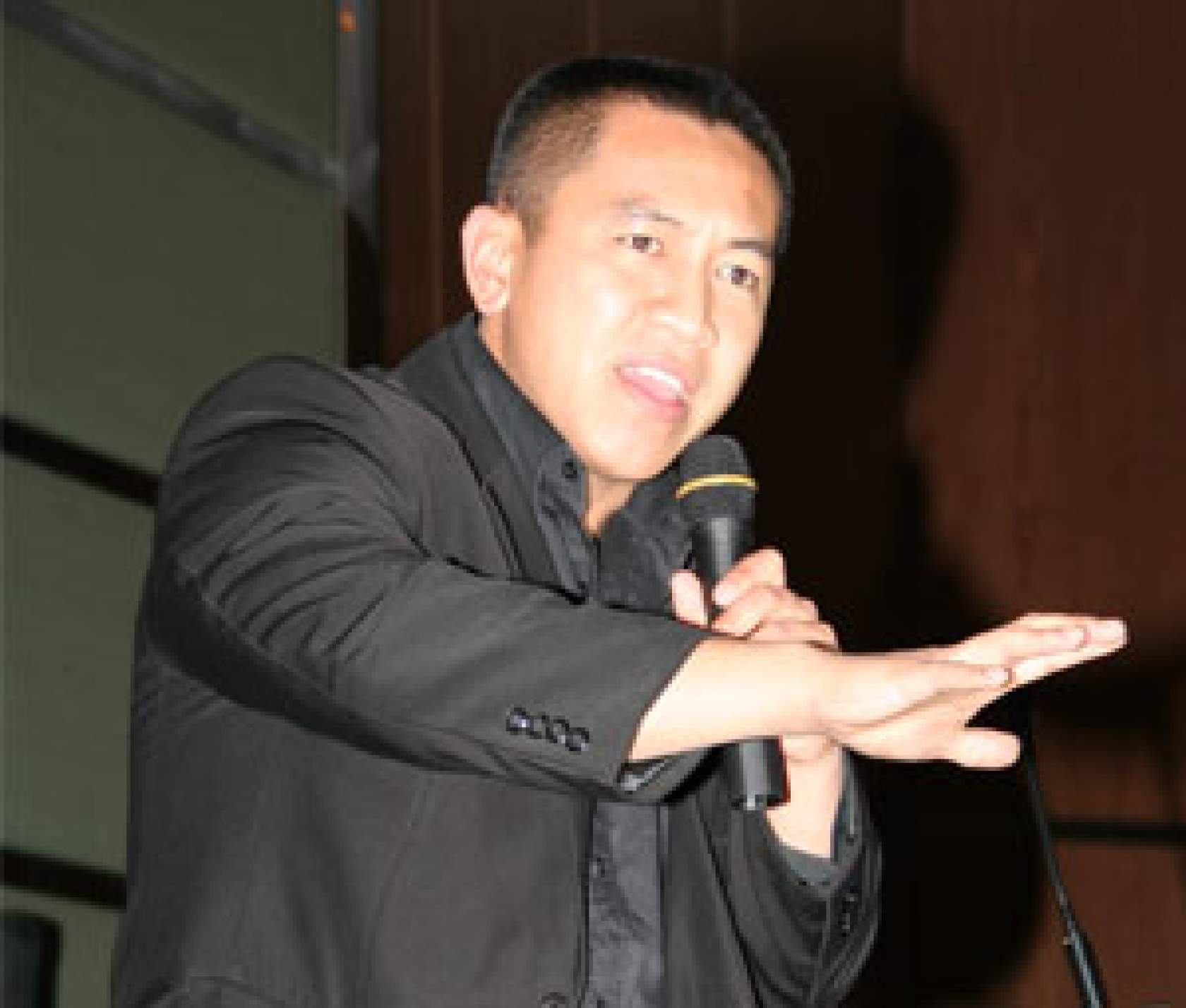
 The 2008 SPLASH! Environmental Awards were hosted by Anh Do, who kept the audience entertained with both his hilarious stand-up, and also his heart-wrenching (but also funny) stories of his early life.
The 2008 SPLASH! Environmental Awards were hosted by Anh Do, who kept the audience entertained with both his hilarious stand-up, and also his heart-wrenching (but also funny) stories of his early life.
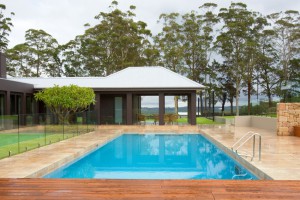 Residential Environmental Award Winner: Aquastone
Residential Environmental Award Winner: Aquastone
The judges found the submitted project included many excellent features which made it a model environment-friendly pool. These covered all main criteria areas including water efficiency, energy efficiency, chemical efficiency and noise minimisation. As one judge said: “This pool ticks all the boxes.” The decision was unanimous. The highlighted features include:
The judges considered a pool cover of very high importance in water conservation and also in reducing power consumption, as well as having an influence in more efficient chemical usage. The judges considered automatic pool covers to be the best pool cover option, followed by pool covers with rollers, followed by manually operated covers without rollers. Solid fencing can help reduce evaporation caused by the wind, and glass pool fencing also fulfils safety requirements.
A giant water reservoir capable of storing 200,000L (133% the volume of the pool) from rainwater harvesting (and also from bore water, which was not considered necessarily environment-friendly). The pool is run on energy generated by solar power. Although the solar capacity was not quantified, the entrant said it is enough to run the house and pool, and also feed energy back into the grid.
Use of wide bends in pool plumbing demonstrates an understanding of how to minimise energy use through thoughtful hydraulic design, which can considerably reduce the power demand on the pump.
The pool uses heat pump technology, second only to solar pool heating as the most environment-friendly way to heat a pool. Combined with the fact the energy comes from solar power generation, this is very environment-friendly in this instance. A double-brick pool room was built to minimisation the noise from the pool equipment. While the isolated nature of this pool does not make noise a major concern, it is generally a very good idea to reduce it as much as possible, as the pump can then be run outside peak times without disturbing residents or neighbours.
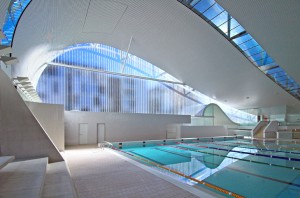 The Commercial Environmental Award (Indoor): Harry Seidler and Associates for the Ian Thorpe Aquatic Centre in Ultimo, Sydney.
The Commercial Environmental Award (Indoor): Harry Seidler and Associates for the Ian Thorpe Aquatic Centre in Ultimo, Sydney.
This is a truly unique project which has already become an icon in its home town, while raising environmental credentials to a new level for a project of this scope. Many features in this project show considerable thought had been given to environmental issues, including:
Condensation minimisation: The shape of the roof enables condensation minimisation by directing air flow over its surface.
Natural ventilation system: Weather-station-operated vents and opening glass panels enable chemical-laden air to be dispersed. On some days, this means the pool can have 100 per cent natural air.
Rainwater harvesting: Rainwater used in ablutions facilities and for fire control.
Vertical sand filters: Use of vertical sand filters creates a more efficient filtration system by maximising the filtration potential and eradicating filter “dead zones”.
Splash water minimisation: The splash water from the pool deck is channelled back through the filtration system to the balance tank.
Dual pumps: Each pool can operate with one recirculation pump or two depending on bather load, so energy usage can be reduced.
Use of natural light: Natural light is brought in through large windows and glazed “light ribbons”. The effect is accentuated by the curvature of the roof, meaning the need for artificial light is drastically reduced. Erco uplights are used when natural light is not available.
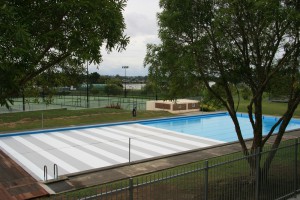 Commercial Environmental Award (Outdoor): SSL for the renovation of St Kentigern College Pool in Auckland.
Commercial Environmental Award (Outdoor): SSL for the renovation of St Kentigern College Pool in Auckland.
There were three key features of this project.
Giant automatic pool cover: The installation of the largest slatted pool cover in the southern hemisphere. To cover the 500-square-metres of water surface area, the cover had to be made in two parts, which operate simultaneously. The cover drastically reduces water consumption through evaporation, as well as reducing power consumption and chemical wastage.
Solar pool heating: 100 per cent solar coverage was installed, enabling the pool water to be warmed with the minimum environmental impact; the pool cover then conserves that heat.
Large rainwater tanks: 54,000L rainwater tanks were installed for the ablutions block and to water the landscaping, lawn and garden.

